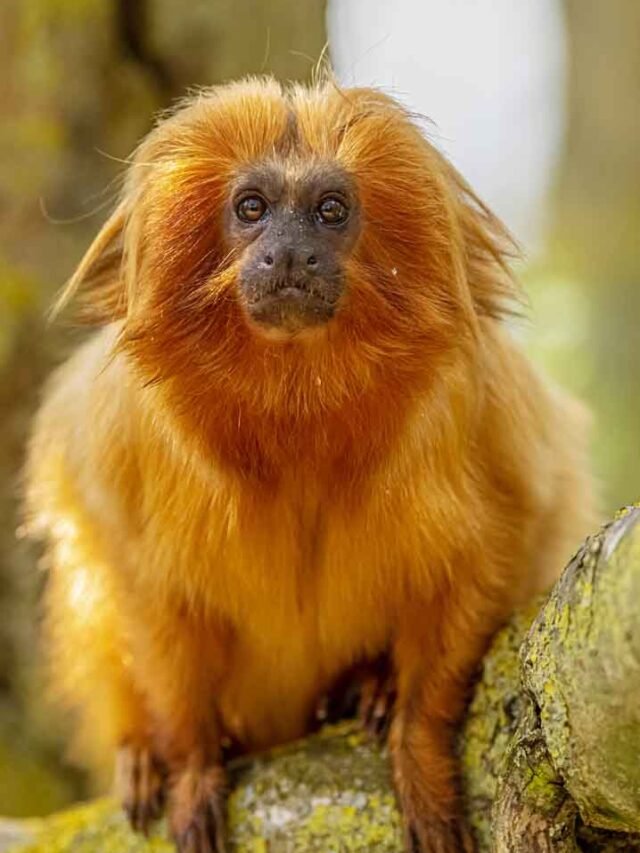Jodhpur, Oct 19: Yoik master John Andre Eira vocalises sounds, which would make little sense in isolation, but put together create melodies powerful enough to transport the listeners to the northern reaches of Norway, its people and their stories. Coming from thousands of miles away from the frozen environs of northern Norway to the heat of India, Norwegian yoik band Gabba performed at Jodhpur RIFF at the historic Mehrangarh fort. Yoik is not unlike the sargam in Hindustani classical music, or the konnakol in Carnatic music where a string of sounds make a melody each time they are put together. For the indigenous Sami people in the northern regions of Norway, Finland, Sweden, and Russia, Yoik is a way of life.
Eira, who is also the lead or the ‘Yoik master’ of the band, said the unique singing tradition is devoid of words but is full of emotions.
“A yoik is a melody without lyrics, first and foremost. There are only sounds such as slo, la, lye, and so on and the melody is supposed to describe or depict something or someone,” Eira told PTI. Traditionally performed without instruments, a Yoik (also spelled Joik or Jojk) is often “given to a person”. “And then the yoik is describing or painting a picture of that person. So we say about Yoik that it is not about a person, it is a person’s yoik,” he said.
The six-member band, led by Eira, performed yoik’s of his grandfather, his great grandfather, his mother and his sister’s daughter’s daughter to the accompaniment of guitar, banjo, drums, trumpet and bass. Gabba, meaning “ivory-coated reindeer”, won the Spellemannprisen award in 2022 that is equivalent to a Norwegian Grammy for weaving traditional and modern yoik singing style into a vibrant musical tapestry influenced by Norwegian folk, Americana, and world music. Eira, who was born without vision in his eyes, started “yoiking” at the age of two – “before I could speak, I could yoik” – and would catch on the yoiks by his family members.
“There was no one in particular who taught me. I used to listen to my family members, my uncle’s and aunts, and my father, they were yoikers and I just picked up the melody and started to yoik them and experiment with them,” he said. However, the art of yoiking goes beyond stringing together words with a melody, as each yoik is different from the other and the learning process for Eira involved long hours visiting old archives. “When I got older I also visited many archives, Sami archives and found many old yoik recordings. So it’s a lot of researching with a learning process. You have to find those recordings and listen to them over and over again,” Eira added. (PTI)












